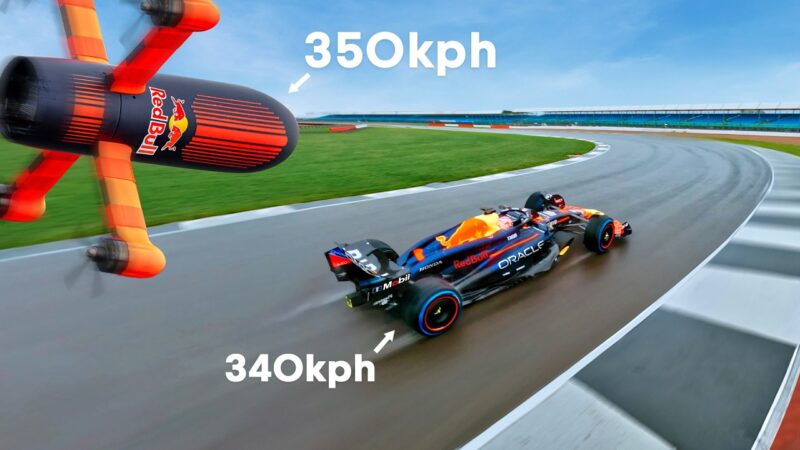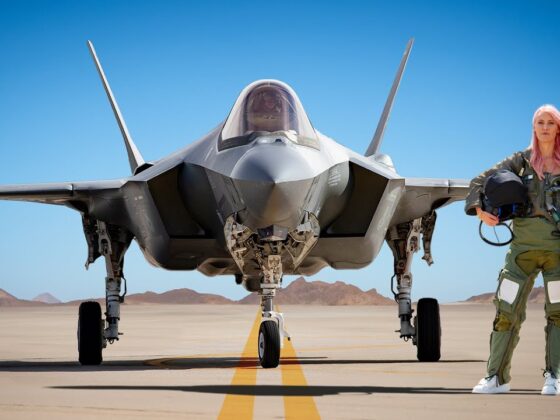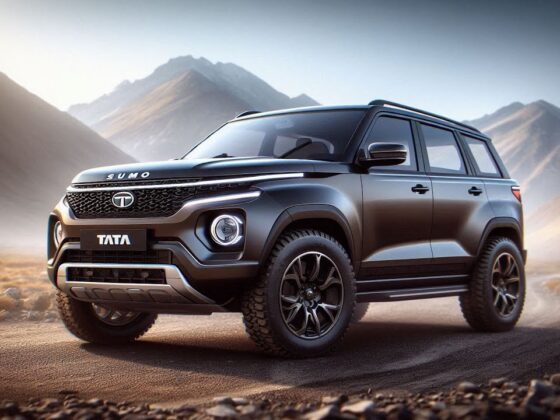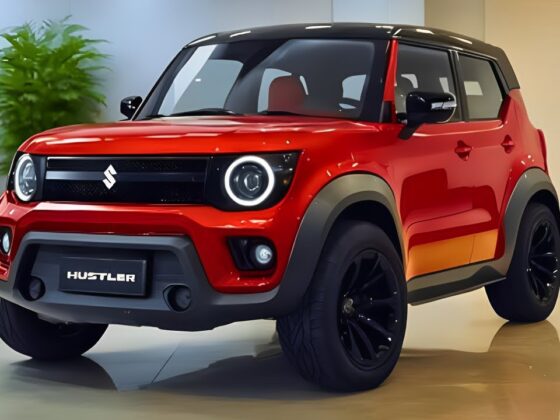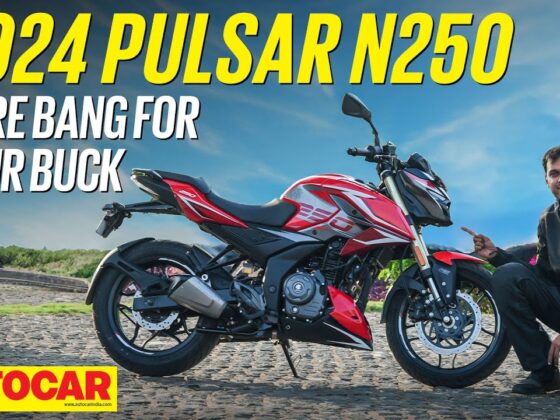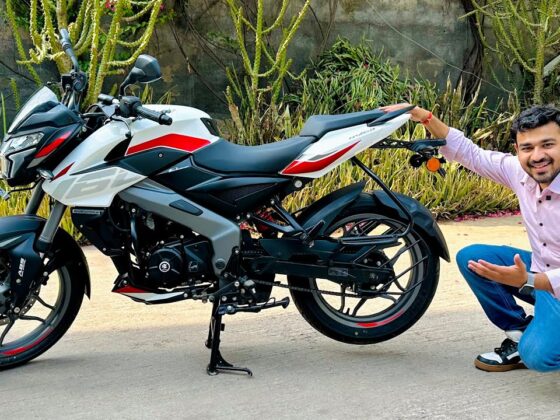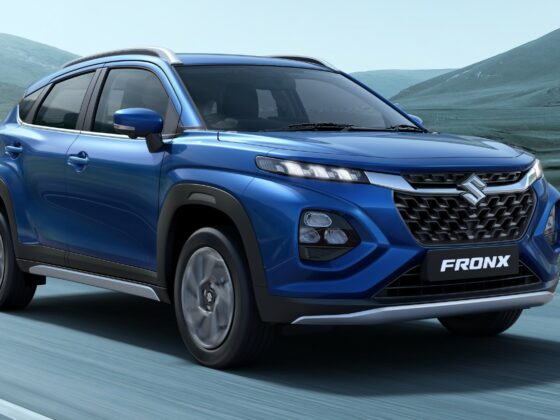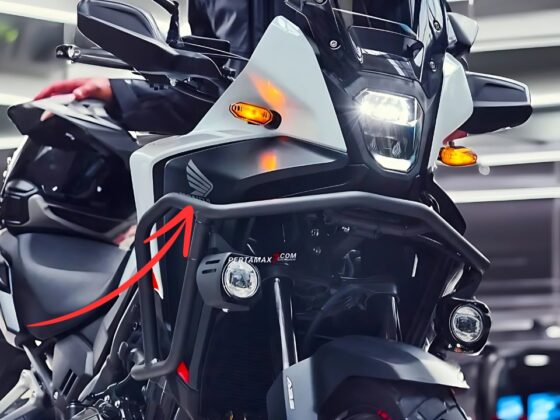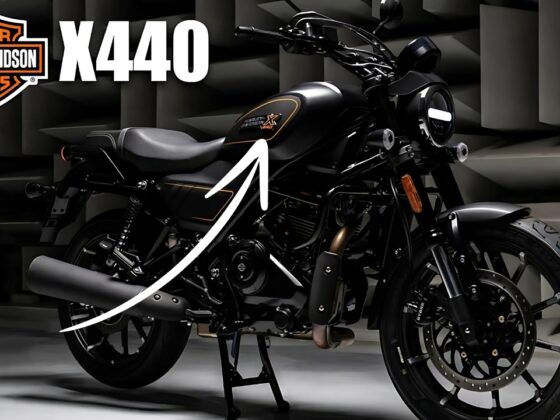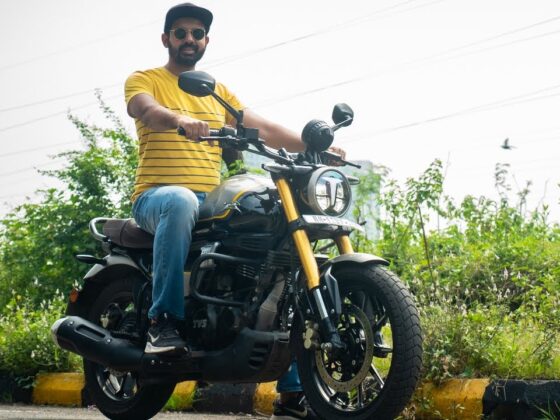Introduction
When you think about Formula 1, you instantly imagine mind-bending speeds, tight corners, and top-tier engineering, but what if we threw in a twist? Imagine watching an F1 car compete not just on the track, but against the world’s fastest camera drone! In an exhilarating battle of speed and technology, Max Verstappen—the World Champion F1 driver—faces off against a custom-built, high-speed drone in a showdown that’s set to revolutionize how we see racing. Curious to know how a fastest camera drone can even keep pace with a Formula 1 car? Let’s find out!
The Innovative Challenge: Drone vs Formula 1 Car
Capturing the mesmerizing speeds of a Formula 1 car from the sky is not a simple task. Yet, that’s exactly what an ambitious team led by drone enthusiasts Shaggy and Thomas set out to do. The goal? Shoot a full lap at Silverstone with a drone tailing the sleeker-than-ever RB20 driven by none other than Max Verstappen himself. The ultimate Max Verstappen drone race was on.
But here’s the thing—no ordinary camera drone speed race would suffice. Traditional FPV drones just don’t have the speed or stamina to handle the heat. Not to mention, the turbulence—the wake left by a speeding F1 car—is another beast to tackle altogether. Could a purpose-built, world’s fastest drone really keep pace and capture an F1 car in all its glory?
Pushing the Boundaries of Drone Technology
To make this high-octane drone vs Formula 1 car showdown possible, the team had to think outside the box. They initiated several prototypes, tweaking and bolstering their crafts with cutting-edge technology to reach the required speeds. Inspired by the makers of F1 cars themselves, the team collaborated with Red Bull Advanced Technologies (RBAT), leveraging the same resources and precision that go into Max Verstappen’s winning F1 car.
It wasn’t just about top speed. According to F1 car top speed comparison figures, Max’s F1 car can hit over 200mph, but the real challenge for the drone lay in acceleration and stability—especially when flying at low altitude and maintaining a close distance without crashing. In short, they needed the perfect balance between speed and agility.
Taking It to The Track: The Clash of Titans
The initial tests featured another Red Bull Racing talent, Liam Lawson, behind the wheel. The results? Promising! Stunning footage emerged as the custom drones darted behind the F1 car, capturing a new angle on the ingenuity of Formula 1 racing technology up-close. But this was just a warm-up for the big match: The ultimate test with the reigning champ, Max Verstappen.
The Silverstone circuit awaited, as did the specially-designed drone—quicker, more nimble, and ready to give the drone speed test with F1 car its best shot. The F1 world watched in anticipation of a different kind of race: high-speed drones vs F1. Could an aerial machine capture Max’s performance without faltering?
The Final Lap: Drone’s Victory Over the Airwaves
Race day arrived, and Max Verstappen took to the wheel of the RB20. The drone’s speed, timed to perfection, unleashed at full throttle. And despite some early slips in calibrating to the car’s unpredictable wake turbulence, the drone finally managed to film one breathtaking full lap of Silverstone. The footage was unlike anything ever captured before, giving fans a drone vs supercar race view like never before.
This achievement wasn’t just about winning a “race” between two unlikely contenders—it represented an innovation that might forever change the way we experience motorsports from our screens. With the footage now available, it’s likely we’ll see more aerial perspectives in future sports coverage, proving that aerial drones in motorsports have a valuable place.
Conclusion
Ultimately, this thrilling F1 car vs drone event wasn’t only about comparing speeds—it was a milestone for both automotive and drone technology. By the end of the race, the custom-built drone achieved the near-impossible: keeping up with an F1 car and capturing mind-blowing, high-definition footage. In doing so, it opened up a world of possibilities for drone racing competition, future sports technology, and the way we perceive speed itself.
So, what’s faster—a fastest camera drone or an F1 car? In this case, the answer is more complicated but undeniably thrilling. Both the drone and Max’s F1 car gave it everything, offering a breathtaking spectacle fans won’t soon forget.
